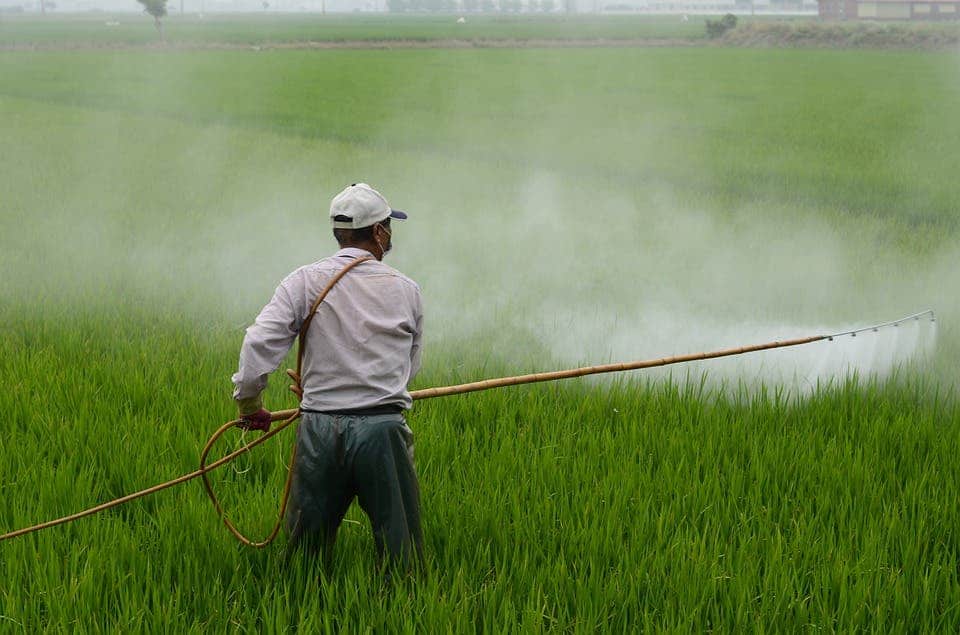A concerning new study finds that nitrate, largely coming from farm fertilizer and manure, is responsible for 12,594 cases of cancer a year in the US.

The concentration of nitrate (NO−3) has steadily increased in many countries, especially due to farm runoff containing fertilizer and manure. Naturally, agricultural areas are more exposed than others, although intensive agriculture and more aggressive land use have increased the concentration of nitrates over surprisingly large areas.
In countries like the UK or the Netherlands, nitrate concentrations in groundwater are steadily increasing year after year, sometimes reaching dangerous levels. The US is no exception.
Nitrate is one of the most common groundwater contaminants in rural areas of the US. The current federal drinking water standard for nitrate, set in 1962, is 10 parts per million (ppm). The Environmental Protection Agency has considered updating this limit, particularly as some studies have suggested that even a fraction of that limit could have negative health impacts, but the talks were suspended earlier this year.
Humans are subject to nitrate toxicity, with infants being especially vulnerable. Nitrates react with amines and amides in the human body to produce N-nitroso compounds (NOC), which are known to cause cancer in animals and may cause cancer in humans. The largest source of nitrates is from certain types of vegetables which are naturally high in nitrate — however, these vegetables also contain compounds that prevent the formation of NOCs, so these vegetables are not associated with a higher cancer risk (eating vegetables is actually associated with a host of health benefits not related to nitrates).
Instead, studies have found connections between cancer and high nitrate concentration in drinking water. In the new study, researchers from the Environmental Working Group (EWG, a non-profit that specializes in agriculture-related research) quantified how much of an impact the excess nitrate is having.
“Millions of Americans are being involuntarily exposed to nitrate, and they are also the ones paying the heavy costs of treating contaminated tap water,” said Alexis Temkin, Ph.D., a toxicologist at EWG and primary author of the study. “But the federal government is not doing enough to protect Americans from tap water contamination.”
They found that the level at which there would be no adverse health effects was at 0.14 parts per million — 70 times lower than the current risk. At that level, there would be a one-in-a-million risk of cancer. Meanwhile, the team estimates that the current level is responsible for 12,500 cancer cases, as well as 2,939 cases of very low birth weight, 1,725 cases of very preterm birth, and 41 cases of neural tube defects.
In addition to the health hazards, all these issues incur treatment costs of up to $1.5 billion a year.
Researchers stress that this is not a trivial result, and measures should be taken to reduce the impact of this agricultural pollution.
The study was peer-reviewed and published in the journal Environmental Research.



